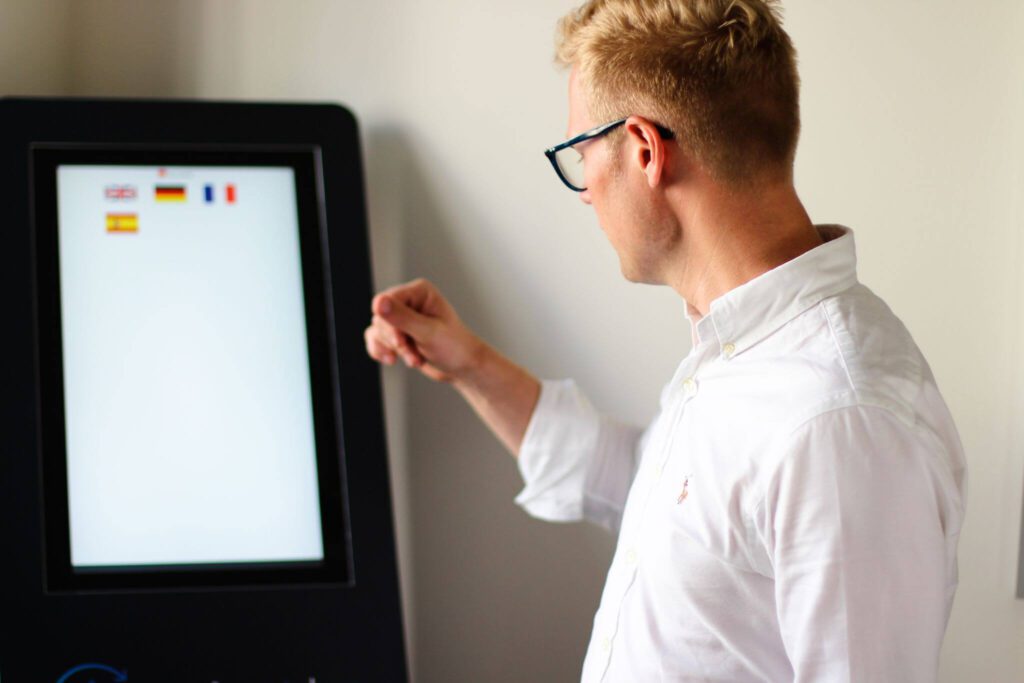Yard management systems help to digitize processes outside the warehouse and make them more efficient. But which solutions on the market today really deliver on their promises?
Efficient logistics depend on control systems that enable seamless planning and perfectly coordinated processes. In yard management in particular, a lot comes together: arrival and departure times, goods in and out, allocating parking spaces for trucks, directing them to the right gates… The number of aspects that need to be managed is vast, which is why the market for digital solutions in this area is booming. It’s a growing concern for more and more companies around the world, so it’s not surprising that more and more startups are focusing on it. They all promise to optimize the factory logistics processes that take place between the warehouse and transportation management, increasing efficiency by double-digit percentages. But few take a holistic, global view, focusing instead on regional, industry-specific, and site-specific differences.
But which of these promises can today’s yard management systems really deliver? Which solutions have the potential to significantly impact the future of logistics?
I currently see five trends in the market, ranging from traditional approaches to highly automated and specialized ones. Here’s my take:
1. Dock Scheduling and Digital Registration
Dock scheduling solutions with web-based gate and time slot management enable better planning of loading and unloading times. This type of time slot management significantly reduces wait times, increases warehouse handling capacity, and simplifies collaboration between carriers and manufacturing or distribution companies. The option of digital registration provides additional relief for smaller sites without a large system in the background. However, these often very simple solutions have two weaknesses: first, they often do not support the processes and workflows on the yard site, as the focus is on gate control, and second, the time slots are purely declarative, as the punctuality of the carriers cannot always be guaranteed due to traffic jams and delays.

2. Cloud-based yard management
There are a number of new vendors offering comprehensive yard management solutions. However, these solutions tend to be highly commoditized and not easily customized. There is often limited support for maneuvering processes, and manufacturing companies in particular may find the functionality somewhat limiting. I see weaknesses with many vendors in terms of complex integration and a lack of end-to-end process expertise. Nevertheless, it’s a step in the right direction, because the cloud offers a quick entry into digitalization without having to build a lot of infrastructure beforehand.
3. Yard automation through technology
Solutions currently range from teleoperation (driverless logistics), AI and OCR-based systems to hardware peripherals that control yard resources through cameras or sensors. It is definitely a future model with huge growth potential due to the high level of connectivity, monitoring and digital intelligence. However, much of this is still at the proof-of-concept stage and is therefore still being researched and tested.
4. Yard management as part of a software suite
Another common model is to integrate yard management into an existing software solution, such as SAP. This offers significant advantages over a standalone deployment, such as centralized data processing, increased connectivity, and automation. However, it often requires licensing and can be cumbersome to implement.
5. Yard management systems for specialized processes
As is often the case, there are industry-specific solutions for yard logistics, including hinterland terminals, rail logistics, finished vehicle logistics, port logistics, and more. These solutions are advantageous for addressing specific challenges unique to each industry, although customizable solutions may require additional initial effort. However, the integration potential varies from system to system.
My conclusion
In 2024, yard management should no longer be viewed in isolation, but rather as an integral part of a holistic supply chain and comprehensive logistics IT strategy. Integration with inventory management, warehouse management, and transportation management is critical. When all these systems are connected, they can be perfectly synchronized, resulting in significant synergies. Technologies such as AI and IoT will transform dock and yard management by automating processes and supporting human workers – who will still be needed in the future. What aspect of yard management are you currently working on? Are you facing challenges and need advice? Feel free to contact me directly; I’m here to help.